California Fires Raise Health and Environmental Concerns
The wildfires—both recent and ongoing—have affected water and air quality and may pose future threats. A helicopter flies over a wildfire Thursday in Bonsall, Calif. (Gregory Bull / AP)
A helicopter flies over a wildfire Thursday in Bonsall, Calif. (Gregory Bull / AP)
On Friday, President Trump granted a request by California Gov. Jerry Brown to declare a federal state of emergency in the Southern California counties affected by wildfires. The move will allow California access to federal resources to help fight the blazes, which have consumed nearly 160,000 acres so far, presenting health risks for residents and raising questions about the state’s environmental vulnerability.
As The New York Times noted Friday, part of the problem lies in California’s recent drought, which creates conditions in which wildfires can thrive:
“For fires, sequencing is really important,” said Alex Hall, a climate scientist at the University of California, Los Angeles. “The sequence we’ve seen over the past five or six years is certainly very similar to the changes that we project as climate change continues to unfold.”
It is too early to know if climate change is directly responsible for all of these conditions in California over the past several years. But studies, including one led by Dr. Williams, have shown that human-induced global warming contributed to the drought that gripped the state beginning in 2012.
The fires have presented serious health risks for some residents of the affected areas. Those residing in Ventura, Ojai and Santa Paula have been told to boil drinking water to lower the risk of infection by bacteria that cause intestinal illnesses. A spokesman for Ventura Water, Craig Jones, said the order is expected to last a week or less. The threat of future contamination of the water supply is also of concern. The Los Angeles Daily News reports:
The breakdown of water systems — mostly occurring in smaller cities and among isolated, mutual water districts — is happening today and may become more common in the future as infrastructure ages and wildfires intensify due to global climate change.
“It speaks to the reality we live in, in Southern California. You have to be prepared for the worst,” said Bob Muir, spokesman for the Metropolitan Water District, which supplies about 45 percent of the water to Southern California. …
Jeff Densmore, district engineer for the Division of Drinking Water of the state Water Resources Control Board, said to water providers, “Our recommendation is to have standby power. You need to have a standby generation unit at your critical pump stations to keep water in your system.”
Air quality, too, is of concern. The Washington Post writes:
Phil Moyal, an air quality specialist in Ventura County, said the smoke was causing hazardous conditions there, especially in the Ojai Valley, which is surrounded by mountains that have been trapping the smoke.
“When we say ‘off the charts,’ we mean off the charts,” Moyal said Friday about air quality measurements there. “I would not want to be there too long. . . . I would tell people to go to Seattle. There are not many places in Southern California that are clean or will stay clean, and that can change in a minute depending on the wind.”
Though the firefighting effort is ongoing, progress has been made. From Thursday to Friday, the Creek fire went from 10 percent containment to 40 percent containment, the Rye fire went from 15 percent containment to 35 percent and the Skirball fire went from 20 percent containment to 30 percent, according to the California Department of Forestry and Fire Protection and the Los Angeles Fire Department. The Thomas fire in Ventura County is the largest of six now being fought and remains the most challenging to combat. It has engulfed more land than all of the other fires combined, at one point moving nine miles in 12 hours, and was only 10 percent contained as of Friday. Ventura County officials say it could be weeks before it is extinguished.
For those wishing to work in the relief efforts, the Red Cross has listed places where they can volunteer, including local disaster services groups. Supplies for displaced people and animals are needed. For the Creek fire, a list of evacuation centers and animal shelters can be found here, a list for the Skirball fire can be found here and a list for the Thomas fire can be found here.
Your support matters…
Independent journalism is under threat and overshadowed by heavily funded mainstream media.
You can help level the playing field. Become a member.
Your tax-deductible contribution keeps us digging beneath the headlines to give you thought-provoking, investigative reporting and analysis that unearths what's really happening- without compromise.
Give today to support our courageous, independent journalists.
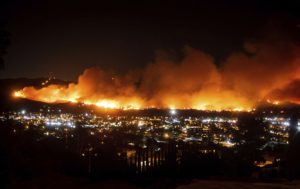
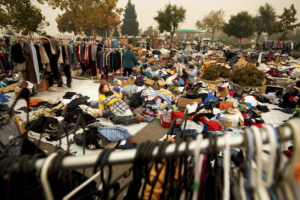
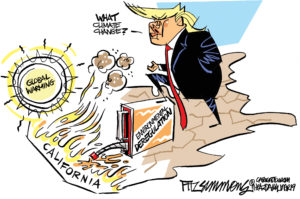
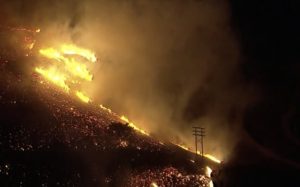
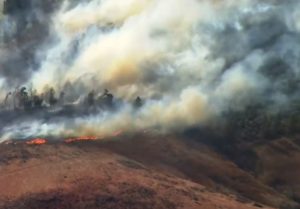
You need to be a supporter to comment.
There are currently no responses to this article.
Be the first to respond.